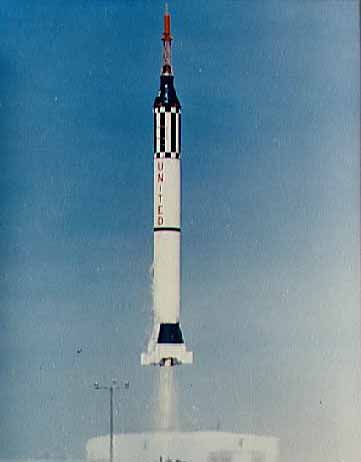At Baen Books, we receive many more electronic submissions than paper submissions, and in both formats we get all manner of different kinds of cover letters. Most of them are fine, along the lines of “here’s my book, it’s this long and in this genre, thanks and hope you like it,” but some stand out — and not for good reasons.
Most surprising in the electronic slush are the letters addressed to other publishers. That’s understandable for a physical letter, at least for those of us who have mixed up letters and put them in the wrong envelopes, but when I picture the author filling out our online submission form it’s much harder to savvy.
How likely is it that an author would fill out the Baen Books online submission form at the same time that they’re filling out another publisher’s online submission form? (Forgive me for the tricky, rhetorical question.) I realize that it’s likely a cut-and-paste error from a word processing file, but when you’re on the Baen web site, using the Baen submission form, it shouldn’t be too hard to make sure your your cover letter is addressed to Baen.
Thankfully, that situation is very rare.
Much more common in the e-slush is the cover letter that offers to send the full manuscript when the author is uploading … a full manuscript. That’s right, an author submits the complete manuscript (which our guidelines request), and their cover letter ends with a statement like, “The complete manuscript is available upon request.” Pardon?
Of course, I understand what happened in those cases, too: the authors cut-and-pasted the letters they usually send when they only submit a query or a partial manuscript. Still, it’s a matter of attention to detail … and if you don’t have the details right in your 1-page cover letter, are you sure you have them right in your 500-page manuscript?
In the end, it’s not surprising that some editors skip cover letters entirely. But if you’re going to include one, make it as good as you possibly can.















